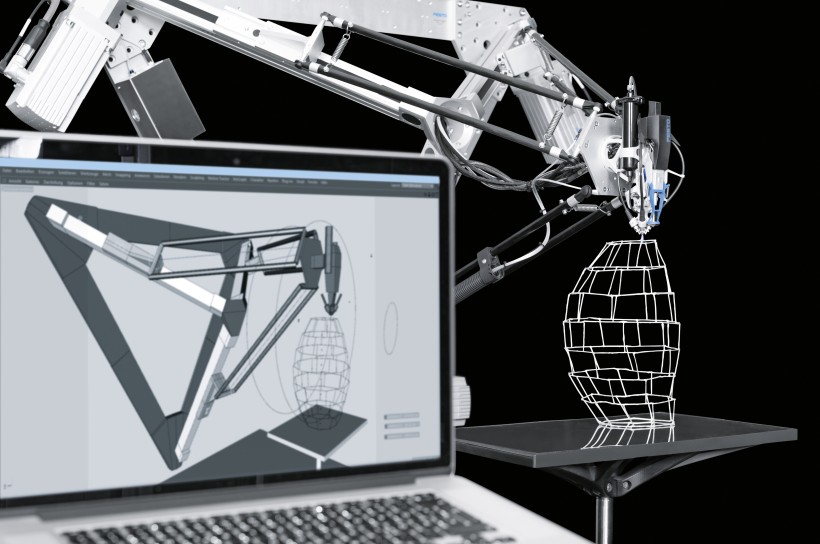With the help of CAD systems, designers and architects can create and design products and buildings in virtual space. Complex shapes and structures are no longer just in the mind of the designer, but are becoming visible on the screen. However, unusual shapes are like special components that can hardly be produced automatically and are therefore very costly to manufacture. A construction method is needed that will allow a wide variety of designs to be created while at the same time enabling these to be produced cost-effectively.
Flexible and intuitive to operate
This led to the development of parametric CAD systems at the start of the seventies. These were used for constructing machines and vehicles and were mostly intuitive to operate. The product model is no longer saved as a precise geometry. Instead, its shape is stored in the computer as a combination of parameters and numerical variables that specify its size. A cube-shaped object, for instance, is defined by the parameters length, width and height, a cylinder by diameter and height.
Future construction
The digitalization of planning and implementation processes increases economic efficiency. Scripted geometric models are much cheaper than special components produced conventionally. It is possible to reduce the variety of components and to simplify the geometry and the details without having to simplify the overall form. On the contrary, once the models are stored in the computer, the design can be modified directly on the screen by simply changing the numerical values or using a different combination of parameters. The 3D software used is the same as for creating animations.
Bionic Learning Network 3D Cocooner

Digital production: the software transfers the geometry of the structure directly to the parallel kinematic system's motion paths.
New 3D printing methods are an ideal tool to realize parametrically designed shapes. At the Hannover Messe, Festo used the 3D Cocooner to show a prototype application for a Festo handling system, the tripod EXPT-45.. Modelled on the silkworm’s cocoon, a spinneret uses glass-fibre bundles, which are covered and stabilized with UV-cured resin, to produce lightweight constructions freely in space.
The handling system, which drives the spinneret, is controlled directly by the design software. A user interface that is easy and intuitive to operate, enables countless variations to be created from very simple basic patterns.